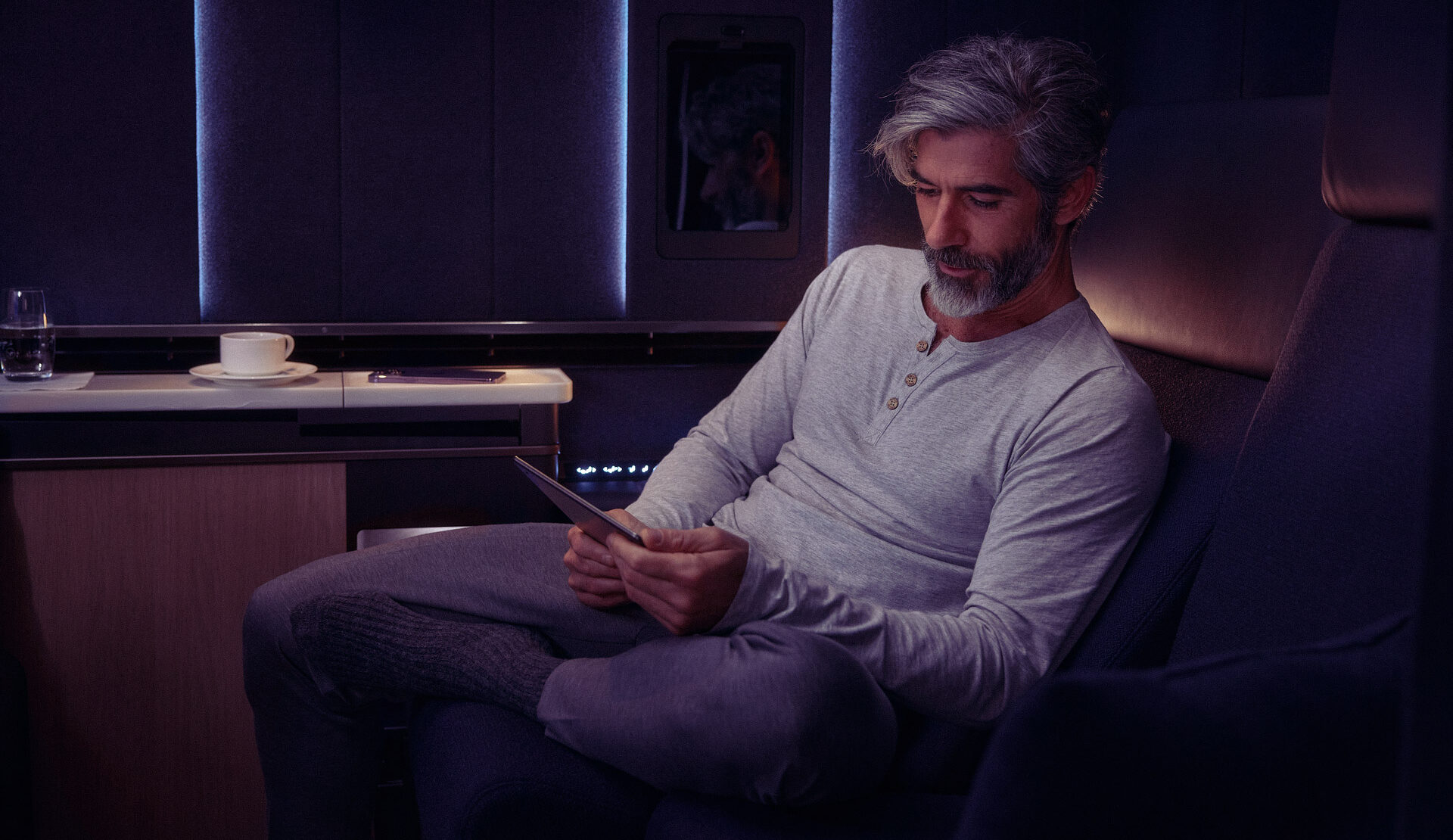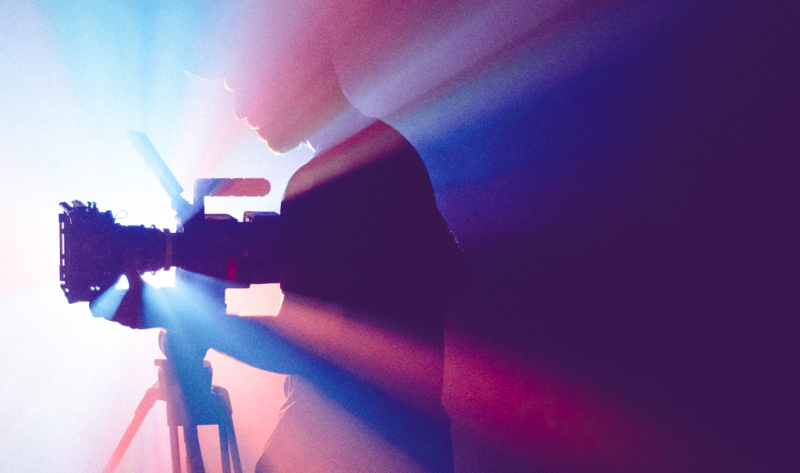Women in Film and TV: No Longer a Supporting Role

Women in film and TV aren’t just fighting for space anymore; they’re shaping the industry’s future. Female-led blockbusters are smashing records, and TV shows are thriving with complex female protagonists.
But behind the camera, progress is slower than it should be. So, what’s shifting, and where is Hollywood still playing catch-up? For International Women’s Day, we spoke with Emma Gunn, VP TV Acquisitions & Partnerships at Spafax, and Rachel Smith, VP Movie Acquisitions at Spafax, to break it down.
TV vs. Film: Why Is One Moving Faster?
Television has outpaced film in representation, thanks largely to streaming platforms backing more female-driven stories.
“TV has fewer financial risks,” says Smith. “Lower budgets and fast production cycles give studios more confidence to greenlight diverse stories.”
Emma Gunn agrees, adding that scale plays a role. “There are simply more TV shows being made than films, so naturally, there are more opportunities. Streamers have created space for complex female-driven narratives – shows like I May Destroy You, Killing Eve, Fleabag, and Yellowjackets prove that audiences want them. But at the same time, great female-led shows get cancelled too soon, despite performing well. Bring back GLOW!”
Nearly 49 percent of original streaming films in 2022 had female leads, compared to 33 percent in theatrical films. Female-led roles in film have doubled since 2007, reaching 42 percent in 2024.
Real Representation Matters
For years, the Bechdel Test – where two named female characters talk about something other than a man – was seen as a benchmark for progress in film. But does it go far enough?
“This test feels like a box-checking exercise,” says Smith. “Audiences want stories where women drive the narrative.”
Gunn points to a deeper issue. “Just 32 percent of speaking characters in the top 100 movies in 2023 were women or girls. That’s barely changed since 2007. Progress is slower than people think.”
That said, audiences are becoming more critical of token representation. “Social media has given viewers a louder voice,” says Gunn. “Younger audiences are quick to challenge outdated storytelling.” Films like Past Lives and Women Talking are proving that authentic, female-led narratives resonate.
But challenges remain. Male characters still get twice as much speaking time as women in top films, and women over 40 are still sidelined while male characters gain visibility with age.
Women Behind the Camera
Female-led films are thriving, but behind the scenes, Hollywood is still catching up. Women directed just 16 percent of top films in 2024, and only 12 percent of major films had a female cinematographer. In 2023, 94 percent of the top 250 had no female cinematographer at all.
“This isn’t about talent, it’s about opportunity,” says Smith. “Women are making some of the best, most profitable films out there, but the door still isn’t open wide enough.”
Gunn highlights another challenge. “Women’s work is judged more harshly than men’s, by everyone. And let’s not forget that women are still paid less.”
Progress at the top remains slow. “I read that half of all film graduates are women, yet only 11 women have ever been nominated for Best Director at the Oscars. Justine Triet in 2024 and Coralie Fargeat this year added to that list, but only three have won. Is that real progress? There’s still a long way to go.”
Where Do We Go From Here?
Female-led storytelling is not a passing trend. Audiences aren’t just open to female-driven narratives; they expect them. But real change isn’t just about who is on-screen, it’s about who gets to tell the stories.
“If I could change one thing about how Hollywood treats women, it would be this,” says Gunn. “Hire more women behind the camera and pay them the same as men. That would allow for multi-dimensional female leads across different races, sexualities, and body types. And maybe, just maybe, we’d see less scrutiny and bullying of women’s behavior and appearance.”
At Spafax, we’re ensuring this shift is reflected in in-flight entertainment. By curating films and series that champion female voices, we help airlines bring better, more inclusive storytelling to passengers worldwide.
Because at the end of the day, this isn’t just about representation. It’s about telling richer, more compelling stories; stories that reflect the world we actually live in.



